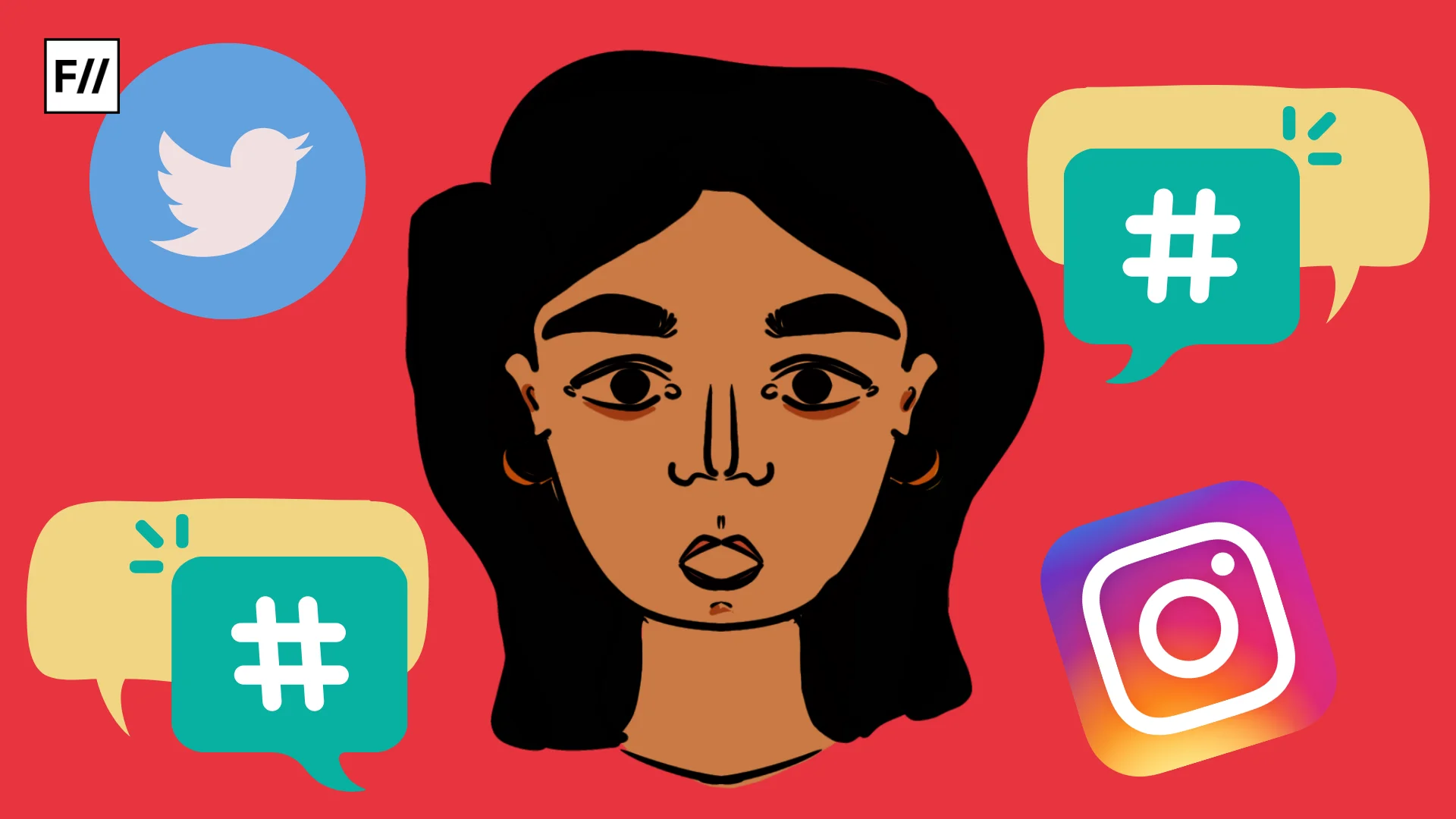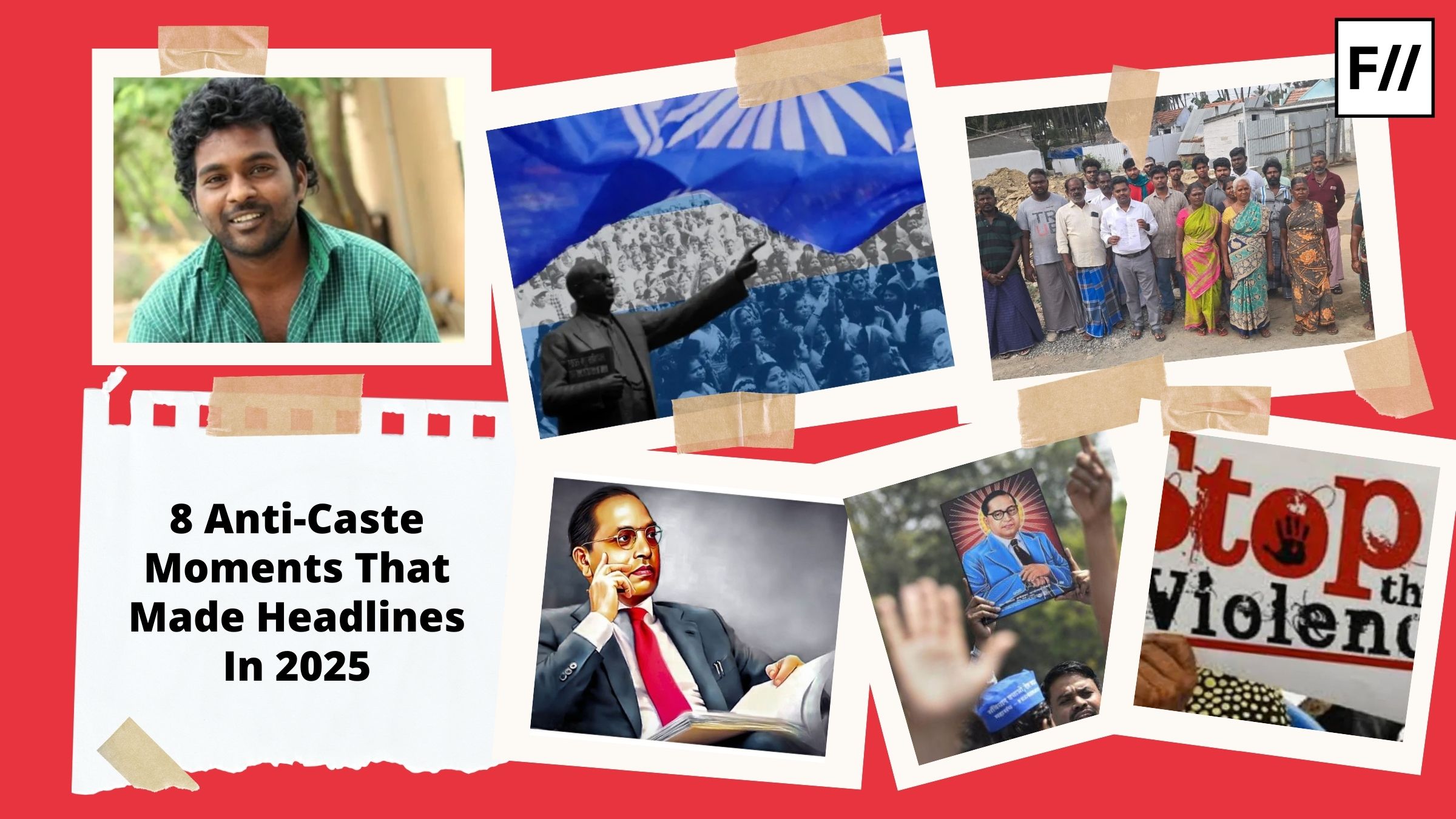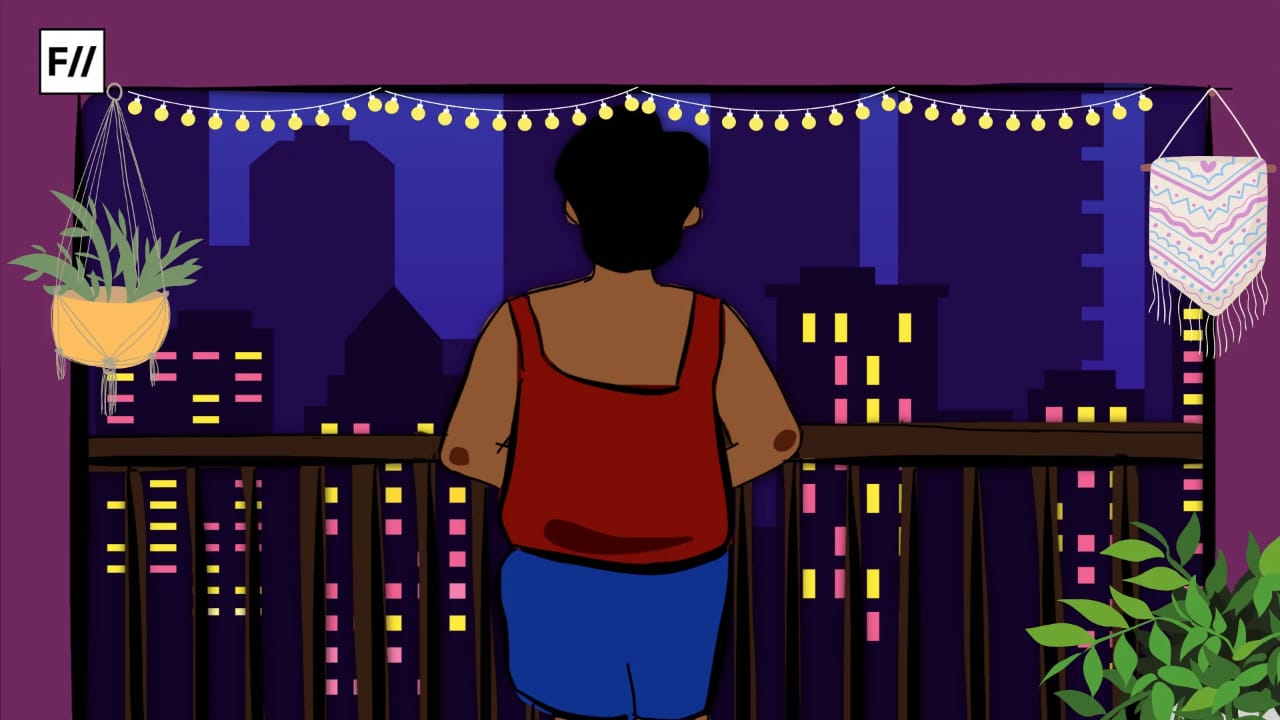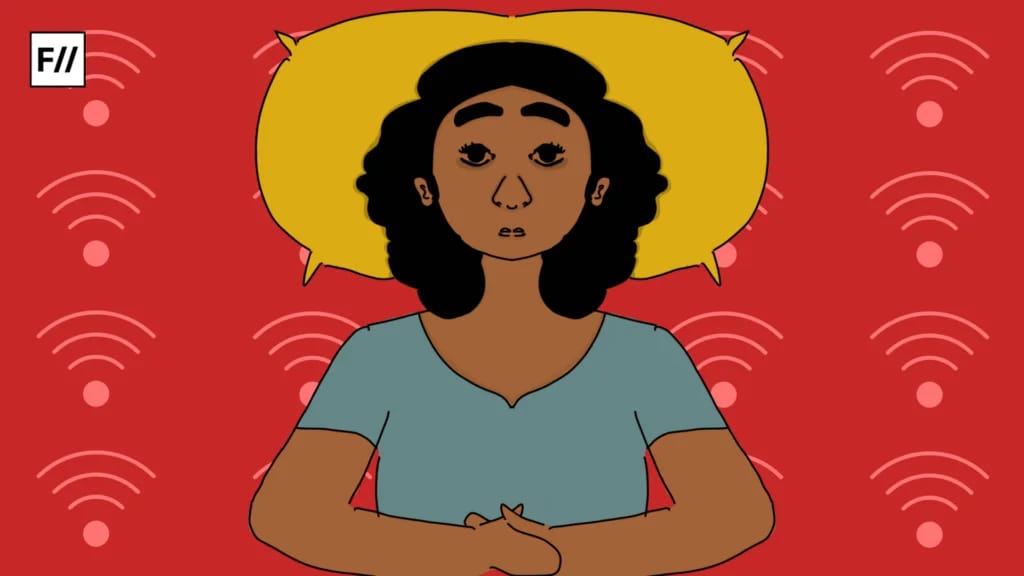In August 2025, when a dancing video of three girls grooving to the beats of Milind Gaba’s chartbuster, Paris Ka Trip, took the internet by storm, little did they realise the impact of their seemingly harmless reel. The reel’s comment section soon turned into an arena of malice and distasteful sentiments, as labels such as “rand,” “bhadwi,” and “chinaaron ka mujra” were attached to them. With the evolution of digital spaces, the magnification of casteism has grown even more, and so has digital violence specifically targeted at women, leaving a deep psychological impact as it finds newer ways to breed and stratify society, perpetuating greater invisibilisation and exclusion. The immediate outcome of the collective hatred hurled at the video was the restriction of the comment section, as they filtered out comments breeding unnecessary gendered slurs that were deeply casteist in nature.
Gender and caste, today, function as two sides of the same coin—their symbiotic relationship symbolic of the deeply entrenched role of caste as an institution in society. From thriving in the streets of India to their migration to online spaces, social media has reproduced offline hierarchies in new and often insidious ways. One of the most visible aspects of their intersection has been the expression of caste-based pride and casteist slurs in online media spaces, often taking a psychological toll on the mental well-being of those being targeted.
At the same time, often neglected is the gendered aspect of casteism, deeply embedded in our culture and language, marginalising the identity of those belonging to lower castes.
A historical genesis
The Vedic age, associated with the rise of Brahminism and assertion of identity, is often criticised for the exclusionary nature of its segregation, as it stratified society on the basis of caste, each associated with a particular occupation, restricting social mobility within a hierarchical framework. This structure while limiting the scope of opportunities by ascribing a distinct caste identity in a four-tier network, delineated strict rules related to eating habits, dressing, and occupation, as well as marriage and similar rituals, prohibiting caste-mixing on grounds of “purity” and “pollution.” At the same time, it labelled certain groups as “outcastes” or “Mlechhas.” This framework is similar to other social systems prevalent in various parts of the world intended to marginalise certain social sections, such as racism, which has been the root cause of some of the most inhuman crimes of the 19th century.
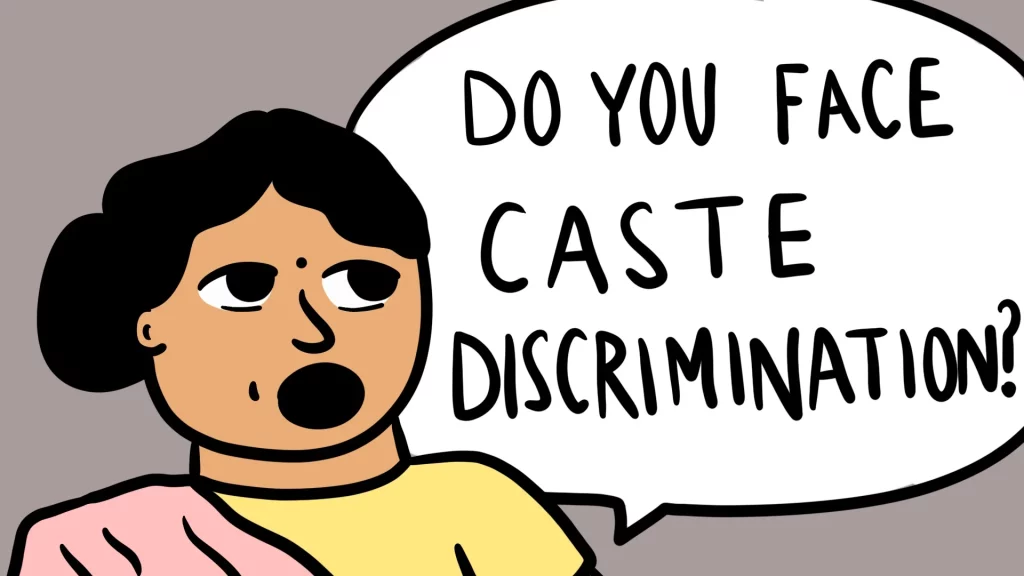
Despite the positive legislative efforts post-independence to abolish untouchability and other restrictive practices by stalwarts such as Ambedkar, the erasure of caste imprints from the minds of a society that has reeled under it for decades is a herculean task in itself. Further, even though social media has democratised access, the effect has also been entirely the opposite, as it has enlarged the space for reinforcing caste prejudice and other stereotypes.
Casteist slurs and caste-based pride in online spaces
The role of language as a form of soft power cannot be underestimated, as it effectively manifests as a tool of social exclusion and control. According to the latest government report under the Scheduled Castes and Scheduled Tribes (Prevention of Atrocities) Act, the majority of atrocities against the Scheduled Castes were concentrated in 13 states, which reported 97.7 percent of all cases in 2022. Despite this, the judgment by the Rajasthan High Court decriminalising casteist slurs not amounting to abuse has drawn eyebrows for the nature of its judgment. Very often, terms such as “Bhangi,” “Chapri,” “Raand,” and “Bhadwi”, used as markers of insult and humiliation, hide the gendered nature of casteism. These phrases are used to dehumanise the marginalised further, by reinforcing caste in online spaces.
From the “Paris Ka Trip” video to GRWM videos featuring digital influencers dressed up in “seemingly inappropriate” ways, casteist language now operates through coded humour, meant to mock the lower caste and assuage the upper ones. Similarly, feminist influencers challenging male hypocrisy and patriarchy receive equal abuse and backlash, bearing the slant of casteism in minute ways. Take, for instance, the recent mockery culture of the internet, where those not fitting in the mold of society by dressing up in outdated ways or behaving in a subverted manner that doesn’t fit in the dominant paradigm, are labelled as ”chapri” for the tacky nature of their presence–a shorthand for caste humiliation and abuse.
Casteist slurs are a form of digital violence, their gendered expression a tool of indirect control and reassertion of power.
Certain fashion trends and other practices that fail to meet those standards are also ridiculed in the same way. Objectification of women online by bracketing them as “whores” and “mujre wali aurat” is indicative of how folk culture is still restricted to “high” and “low” culture, associated with the idea that certain dance forms were considered lowly, only performed by those lowermost in the hierarchy, such as bar dance by Shudra women. The monopolisation of certain art forms, followed by their gendered stratification, reveals the intersection of caste and gender as a badge of honour.
Mental distress and emotional trauma in caste-based online harassment
Casteist slurs are a form of digital violence, their gendered expression a tool of indirect control and reassertion of power. The roasting culture in digital spaces turns caste-coded behaviour into a source of entertainment, with women more vulnerable to it, facing double-layered abuse for the gendered nature of casteist practices. Verbal slander, expressed through such slurs, has a destabilising impact on the psyche, propagating humiliation and despair. The tragic self-harm or suicides of Dalits, highlights the detrimental and devastating impact of casteist oppression in online spaces. These slurs perpetuate a sense of inferiority through caste, as an ubiquitous moral construct. The internalisation of the emotional baggage causes self isolation and emotional distress, through “double layered trauma”.
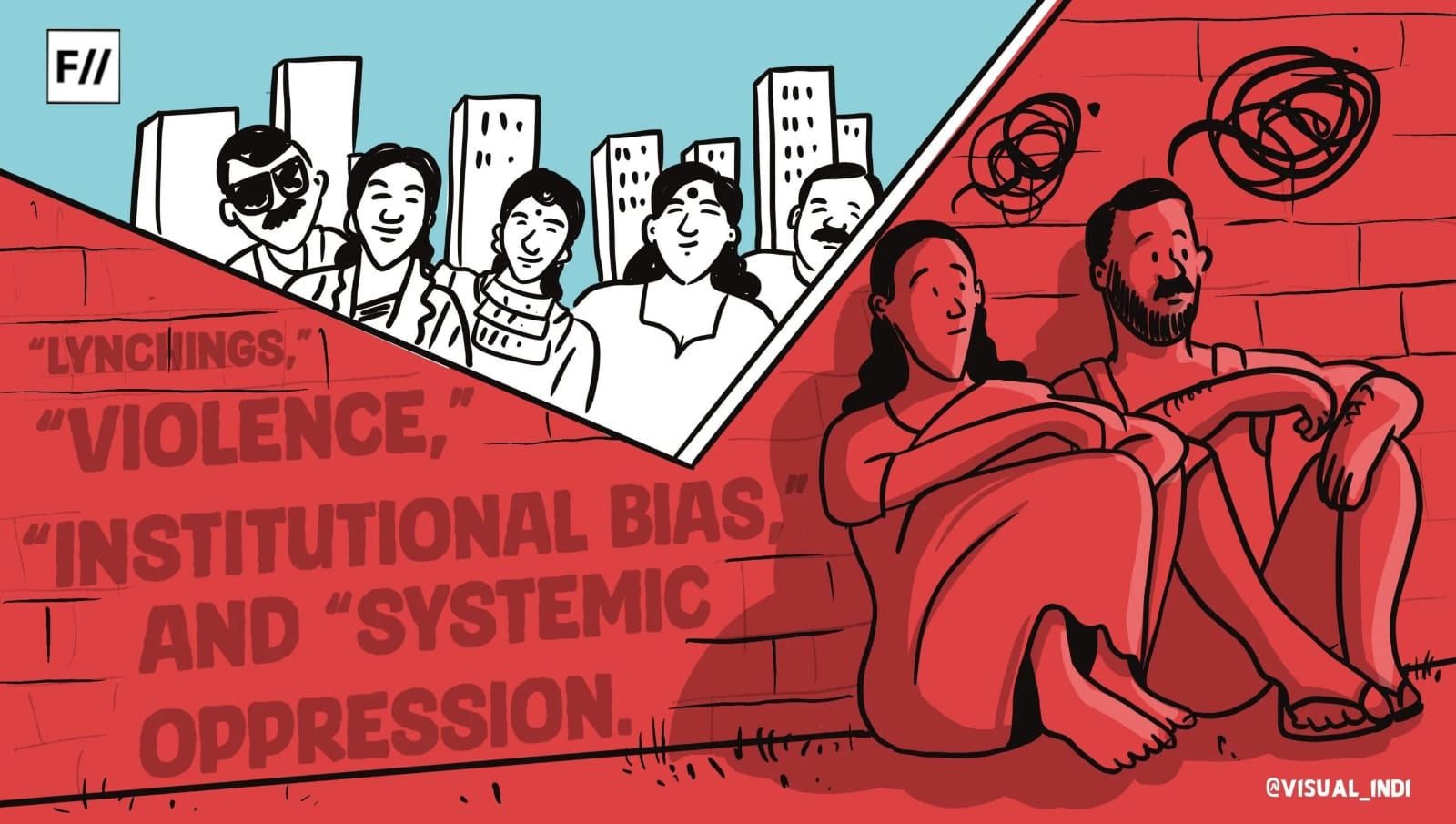
At the same time, for anyone chronically active on digital platforms, it isn’t uncommon to find casual expressions of casteism being manifested through reels, Instagram stories and account descriptions. From phrases such as “proud Jaat,” “Brahmin swag,”“Kattar Sanatani,” and “Chaudhary Power” to “Royal Rajputana blood,” caste has taken a rebirth through social media, reasserting caste identity through usernames, bios, hashtags, and other forms of digital imprints. Caste pride, though meant to be harmless, does exactly the opposite by reminding us of the implicit hierarchy in Indian society.
Social media, thus, is a space for tussle between the privileged upper caste and the distressed lower castes, marking its territory as an elite space excluding dalit community. The feelings of ghrina (disgust) foster alienation and psychological and emotional distress among Dalits.The use of upper-caste slurs and intentional harassment towards Dalits contributes to significant stress and feelings of inferiority, undermining their confidence and social dignity.
In its 2019 report, Equality Labs also reached similar conclusions: 40% of all casteist hate speech they encountered on Facebook was regarding reservation. This highlights a ‘double stigma’ effect, where lower castes are stigmatised not only for their caste identities but also for availing of constitutionally-mandated affirmative action. They dehumanise, incite discrimination and degrade self worth, based on caste identity. Words like “Bhimte” – a twist on the greeting “Jai Bhim”, which DBA communities use to celebrate Dr. Ambedkar—are also used as slang to abuse and mock those working for the rights of the marginalised. So is true for the term Pasmanda, used as a covert slur targeting Dalit Muslims in India.
Words like “Bhimte” – a twist on the greeting “Jai Bhim”, which DBA communities use to celebrate Dr. Ambedkar—are also used as slang to abuse and mock those working for the rights of the marginalised.
It is further aggravated through casual casteist and sexist music trending on audio pages. In particular, the Haryanvi, Bhojpuri, and Punjabi music industries have a significant role in espousing digital violence and exclusionary behaviour. Somewhere between cultural pride and implicit dominance, we often turn a blind eye to how caste pride is derogatory in multiple ways, creating a web of invisibilisation and degradation.
Pop culture, particularly memes and songs, have become the central site of reinforcement of caste-related prejudice, stereotypes and other misconceptions, stigmatising the lower castes. Further, the casual expression of the same in online spaces is symptomatic of how power operates in society, manufacturing consent. As Gramsci’s theory of hegemony highlights, power operates by securing the implicit consent, legitimising certain practises as normalised. The hegemony of the upper caste is even more problematic for their gendered stratification expressed through casteist norms digitally.
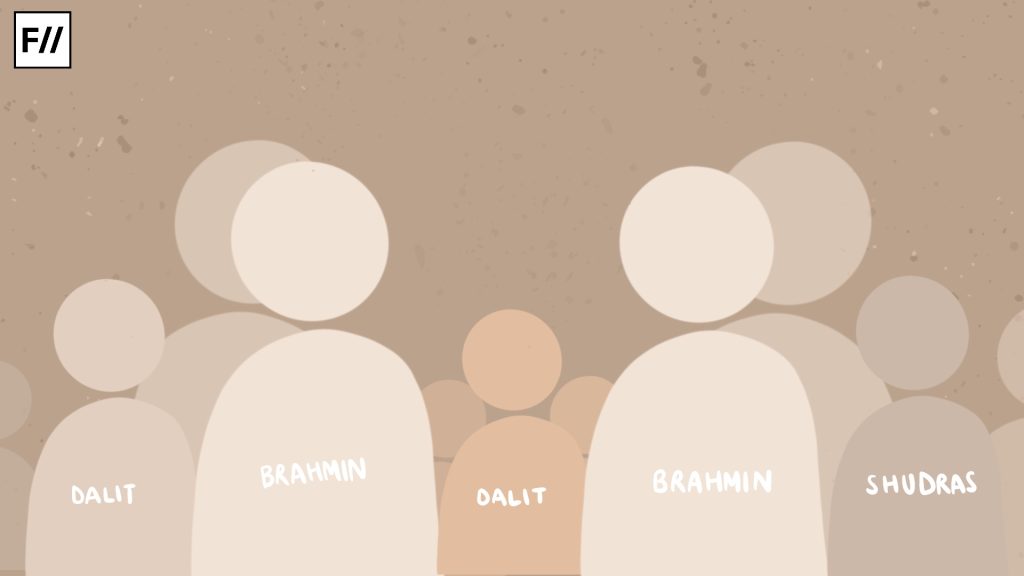
The digital burden of caste cannot be ignored for the psychological cost it carries, creating anxiety, stress and depression for those at the bottom of the hierarchy, labelled as “depressed classes” for a reason. Films such as Dhadak 2 have done a commendable job with highlighting the glorification of these practices, underscoring the emotional trauma these trigger.
A critical challenge in countering caste-based online harassment lies in the lack of recognition of social media platforms to the nature of such slurs. Since their management is centralised in the US usually with little knowledge of the context in which these slurs are used, there exists no moderating mechanism. Further, even if there exist moderators, they primarily come from upper castes with privileges and their own political biases, impacting the contours of what constitutes hate speech. Thus, the dehumanisation reaches such a breaking point where abuse becomes normalised and social media does the exact opposite. Instead of providing anonymity, it creates mental agony.
Thus, the dehumanisation reaches such a breaking point where abuse becomes normalised and social media does the exact opposite. Instead of providing anonymity, it creates mental agony.
While some see caste as a brand, an indicator of superiority, for the rest, it is malaise, an affliction that can’t be shaken off even after death. The coexistence of these competing expressions online is a black spot on legislative progress aimed at restoring dignity to those at the bottom. To enhance inclusivity, it is crucial to erase these identities from the online world to create a more equitable and just social order.
About the author(s)
Nausheen is currently an undergraduate student pursuing journalism at Lady Shri Ram College for Women, Delhi University. With a keen interest in feminism, geopolitics, and social issues, her passions lie in research, writing, and public speaking. In her free time, she enjoys listening to music, sipping coffee, and playing chess.
